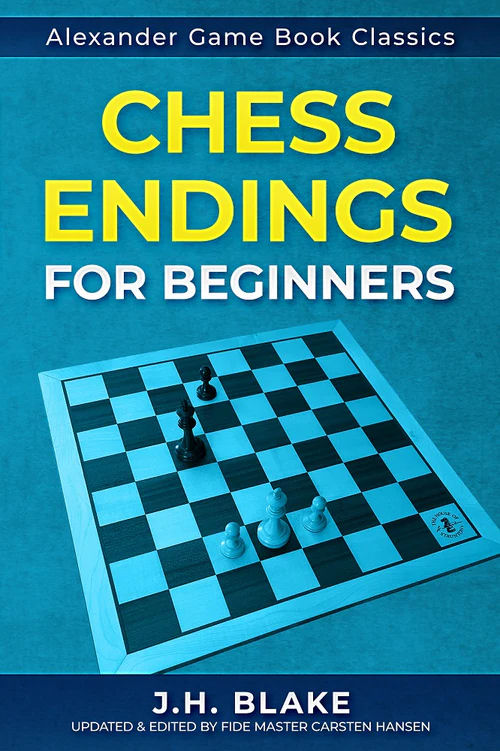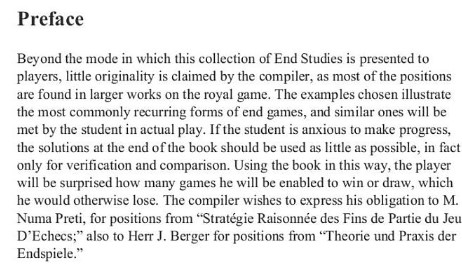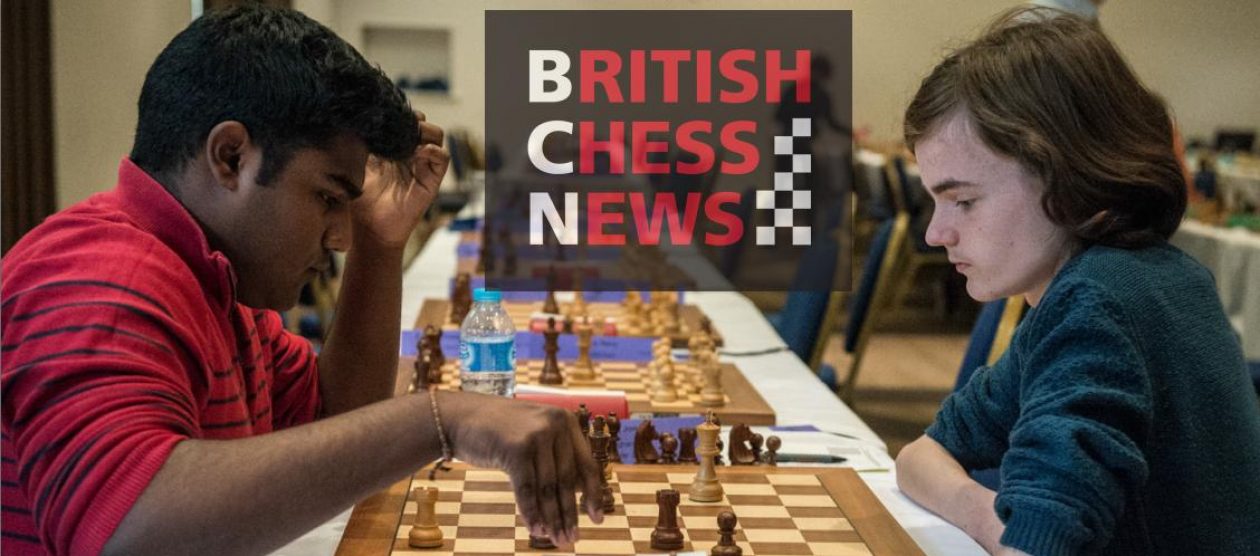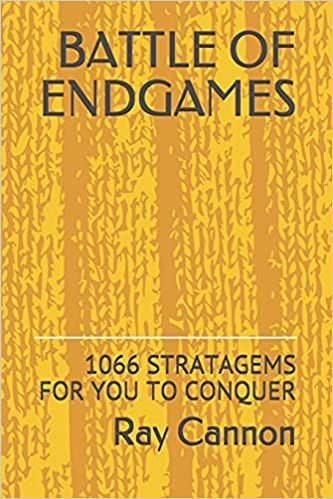
Chess endings are an essential part of chess, where you try to convert your advantage, either material or positional, on the board to a full point, or if you are in an inferior position, you try to save the draw. The present volume will help you with some of the basic skills you need to improve at both.
Originally published at the beginning of the 20th century as part of a series for beginners on all phases of the chess game, this little book contains samples of all types of endgames that beginners or inexperienced players will greatly benefit from studying.
With 124 well-chosen positions, the author illustrates the fundamental knowledge of chess endgames that all players should master.
The material has been reexamined and lightly edited by FIDE Master Carsten Hansen.

This book was originally published by Routledge in 1900 as part of a series of short books on chess written for club standard players. It went through many editions over almost six decades, and has now been brought back to life for today’s readers by the industrious Carsten Hansen.
The book has been converted into algebraic notation, with computer generated image diagrams, and with the layout changed. You now get groups of four positions, two to a page, followed by a page with the four solutions. Carsten has also added some additional text and variations where he considered it helpful. There’s also a brief biography of Blake at the start of the book.
Here’s Blake’s preface.

A century and a quarter on, how well does this book stand up?
On the whole, pretty well, at least as far as the first part of the book, with 68 pawn endings, is concerned. Many novices will find it very helpful as long as they’re not put off by one or two caption errors.
We start with some basic positions which everyone should know before moving on to more complex examples. I decided to look at No. 52, which, according to Blake, ‘involves nice calculation of distances on both sides’.
Click on any move for a pop-up window.
I found a few problems with this, though, which are probably notation rather than analytical errors. ‘White to move, Black to draw’, we are told, correctly, although a more challenging option on Black’s 3rd move isn’t included. More importantly, White’s 7th move, as given, is a losing blunder (it may be a typo for Kb3 or Kb2), and Black’s 7th move returns the compliment.
These are, unfortunately, not the only issues. There are a few positions with incorrect captions and perhaps also incorrect positions. I rather suspect, for example, that the white king in No. 70 should be on f6 rather than e6 to prevent an obvious alternative solution.
The second part of the book contains 56 miscellaneous positions covering a variety of endings. Again, although the selection might seem fairly random, intermediate level players will no doubt find it helpful. This is No. 113: White to move and win.
While it’s great that Carsten has made this and other vintage books available for modern readers, it’s a pity that it wasn’t possible for someone to have a quick look through to spot any errors before publication. Blake’s book was excellent for its day and was no doubt very helpful to many club players in the first half of the last century. There are now many other endgame books on the market which today’s club players will perhaps find more relevant. I’ve even written one myself: Chess Endings for Heroes, part of the Chess Heroes series here.
If you’re interested in chess history, the development of instructional materials in chess, or, like me, in Joseph Henry Blake, though, you’ll want a copy of this book. Book collectors would no doubt prefer an original, preferably a first edition.
You can buy it on Amazon here and read more about Blake here, with perhaps a series of Minor Pieces to follow at some point.
Richard James, Twickenham 28th January 2025

- ASIN : B0C1JB5JTG
- Publisher : Alexander Game Books (9 April 2023)
- Language : English
- Paperback : 103 pages
- ISBN-13 : 979-8390701072
- Dimensions : 15.24 x 0.61 x 22.86 cm


